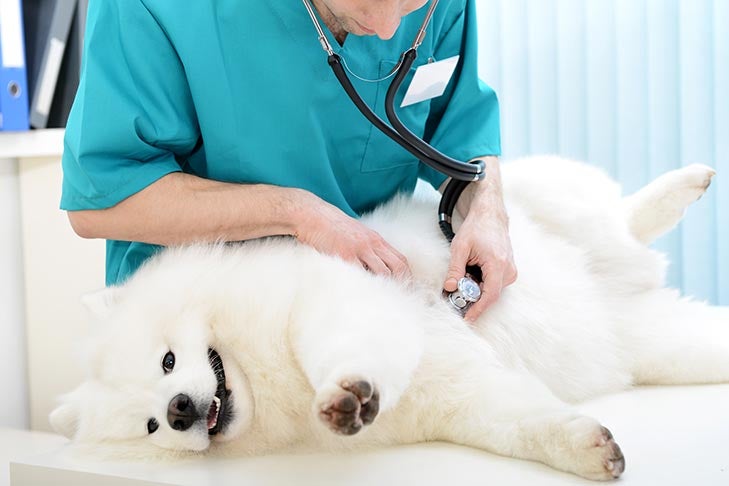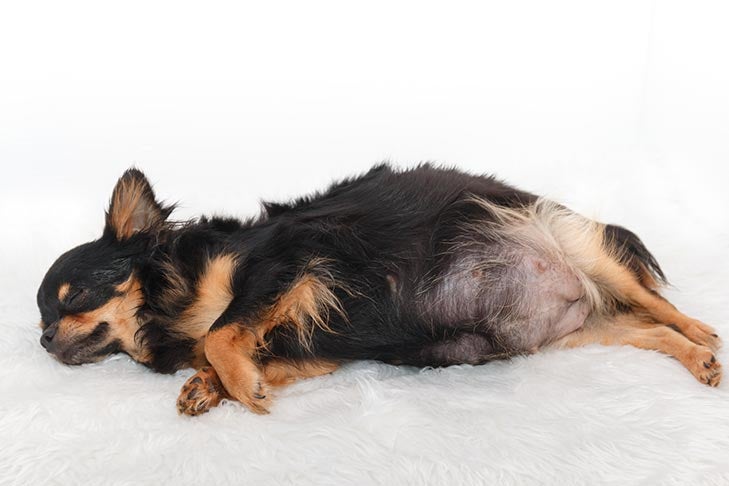
To raise strong, healthy puppies, you need a strong, healthy brood bitch.
As a breeder, you choose your potential brood bitch carefully, probably earning conformation and/or performance titles with her and making sure she has all the health and genetic testing recommended for the breed. Extensive research goes into choosing a worthy sire that has been through the same process. You might even have an experienced mentor who will share his or her knowledge.
Your mom-to-be should already be in good physical condition. She should be at least 2 years old, and no matter how good she looks, before breeding she should have a pre-pregnancy veterinary exam that includes testing for brucellosis (the sire should be tested for this, too). All vaccinations should be up-to-date; you want to do your best to avoid any potential health issues during pregnancy.
Before the heat cycle, her diet should consist of a highly digestible and palatable food that is at least 29 percent protein and 17 percent fat. She should be at her best weight. Being underweight or overweight can hinder the breeding success.
She needs enough muscle and body fat reserves to get her through the demanding task of whelping and lactation. Her dietary needs are not much greater than normal during the first few weeks of pregnancy, but you will need to gradually increase her food 15 to 25 percent by whelping time.

Malnourishment compromises the immune system of puppies and mothers; if the dam’s reserves are insufficient, her condition will decline quickly when she is nursing a litter of puppies. Toward the end of pregnancy, it’s normal for the mother’s appetite to lessen because the puppies are taking up a lot of room, so frequent, smaller meals are required to make sure she gets what she needs. Some breeders feed free choice at this point.
Supplements are not usually recommended when you feed a high-quality diet. Too much calcium or vitamin D can be harmful and even cause birth defects. Lactation does take a lot of calcium but supplementing with it before the birth does not prevent a deficiency during lactation.
After whelping, it may take a few days for the bitch’s appetite to return. But at the peak of lactation, her food requirement will be about three times what it normally is. This is when she is at the highest risk for undernourishment. Be sure she is getting high-quality growth/lactation food that’s appealing to her. Eclampsia, caused by insufficient calcium, is a serious risk. Eclampsia is more common in small breeds or bitches that have large litters. If you see the dam panting excessively, acting restless, nervous, and/or acting or moving with loss of coordination, get veterinary care for your girl right away.
Weaning is physically stressful, too; it’s a sudden switch from peak lactation to mom’s milk no longer being needed. Reducing her food right before and during weaning will help to slow milk production and may reduce the risk of mastitis, a very painful mammary gland infection that requires treatment with antibiotics or even surgery in severe cases.
Check out “AKC’s Guide to Responsible Dog Breeding” for more information on breeding and raising puppies.

